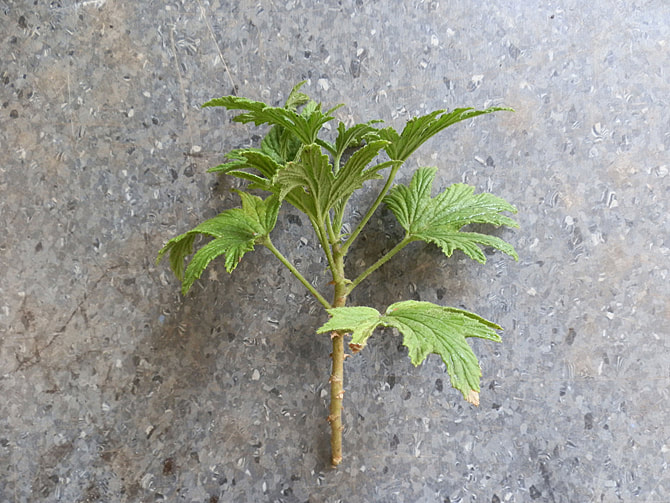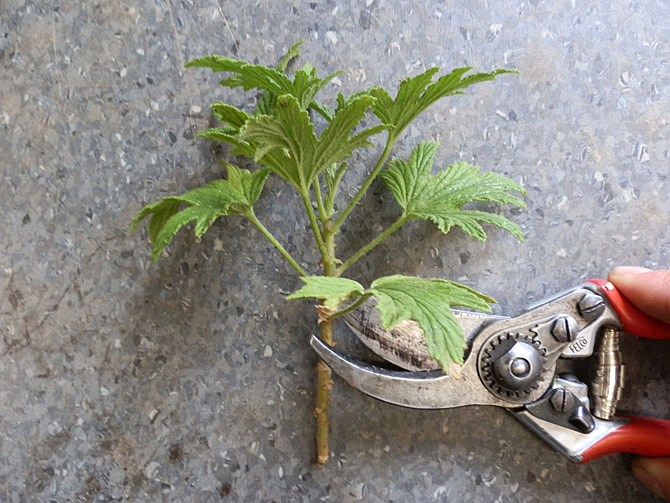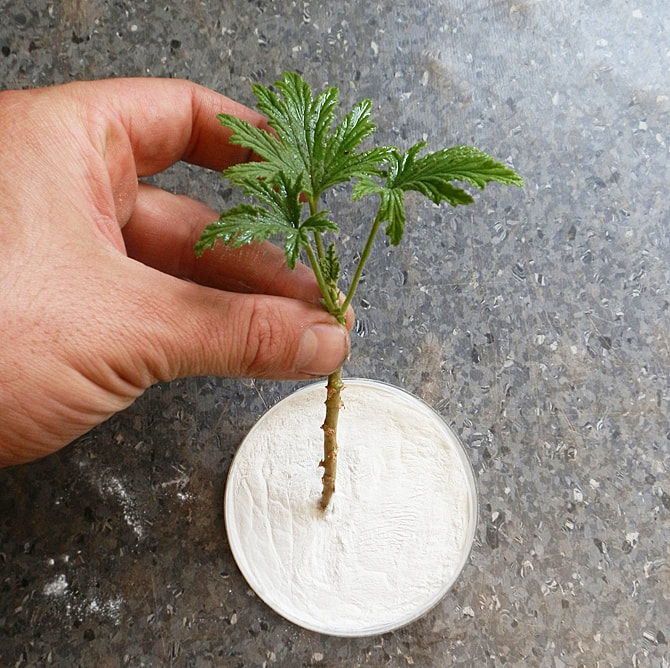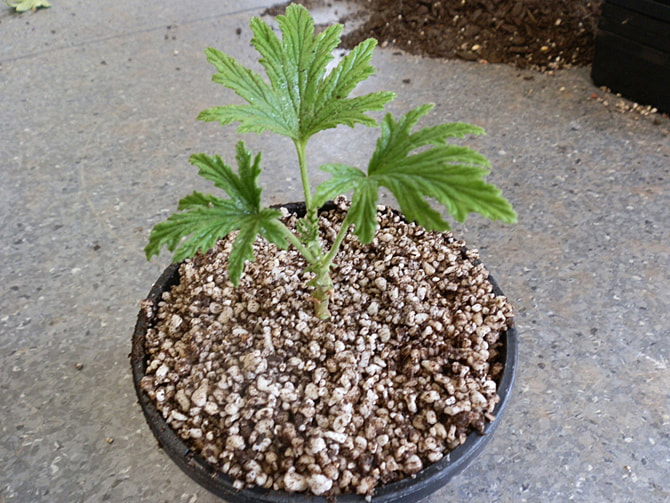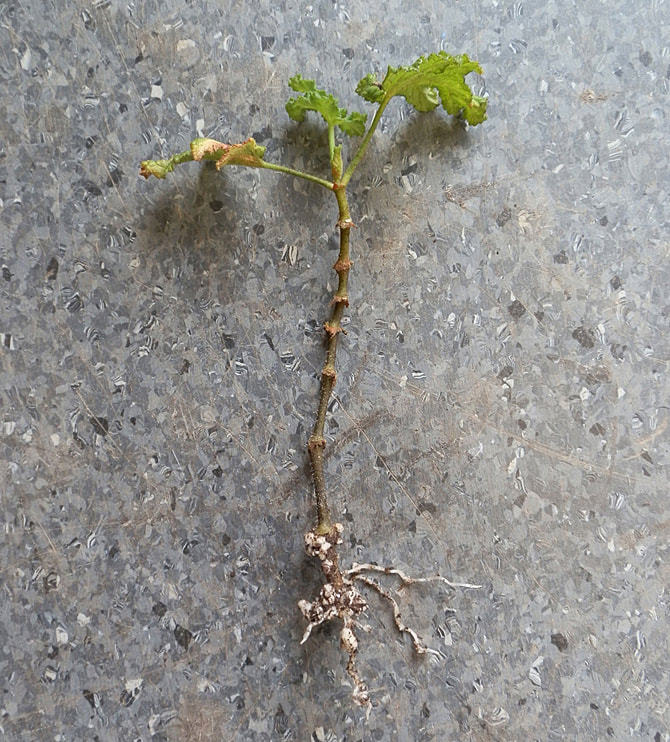Growing pelargoniums and geranium
|
Reproduced with permission of the City of Greater Geelong
|
|
Tips for growing great Pelargoniums.
Summer Plants will be actively growing so regular feeding is required. For better flowering water well. Plants will bloom more and look tidier if you remove spent flowers. A light prune can keep the plant tidy during the flowering season. In February prune back to maintain a good form and remove any damaged stems. Winter Continue with tip pruning to the end of August. When you stop pruning flower buds can then develop. Spring Regular watering is required to keep the soil moist- but not wet. Water the base of the plant to protect the developing flower buds. Propagation tips When taking cuttings or sowing seed of any plant it is important that all tools and work areas are clean. This will prevent the spread of disease and encourage a higher growth rate. In general, seed can be sown at any time but will grow better if sown in mid Autumn and kept moist. In most environments were Pelargoniums naturally occur, mid Autumn is usually the beginning of the rainy season which provides optimum conditions for germination. Cuttings can be taken at any time but strike best during February. The best material to use is the tips of the plants that are slightly woody. |
|
Cut the stem to about 100 millimetres in length from tip to node.
Remove all leaves except for the top two or three. This will allow the plants to photosynthesise (produce food via sunlight) with out loosing too much moisture through evaporation. |
|
Leave the cutting to dry for 30 minutes. This helps the wounds to seal and prevent rot.
Dip the cuttings into a root hormone powder or gel and carefully place into a well drained propagation mix. |
|
Carefully water in and allow the mix to dry out between watering. A warm sunny position sheltered from the elements is ideal. |
|
Plants will generally grow roots in 6-8 weeks.
Once strong root growth has occurred, pot up plants into a well drained potting mix allowing them to dry out between watering. |

